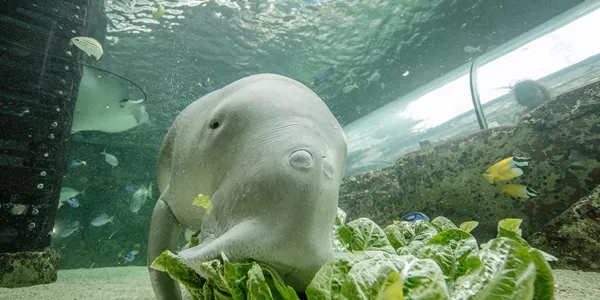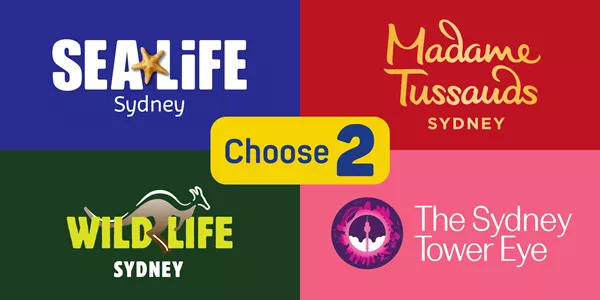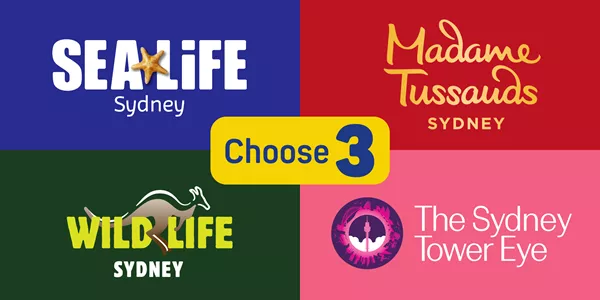Discover our species of rays
Here at SEA LIFE Sydney we have such a variety of rays from our queen mattress sized Smooth Ray to our little stingarees. Dive in and discover all about these majestic creatures.
Book Now
Ocellated Eagle Ray
The Ocellated Eagle ray can be found worldwide in mostly tropical but occasionally subtropical waters. Eagle rays flap their fins as they manoeuvre across the ocean, and appear to ‘fly’ across the water, thus their name. Other ray species, such as smooth stingrays, move their whole bodies in a wave motion. The Ocellated Eagle ray can grow up to up to 3.5 metres wide. They are easily recognised by the distinct white spots on the top side of the body.
IUCN Red List Conservation status: Vulnerable

Smooth Stingray
The Smooth Stingray also known as the short-tail stingray, is our largest species of ray here at SEA LIFE Sydney and in the whole of Australia! These rays can get up to 4.3 m in length, with their discs at around 2 m in width and weigh up to 350 kg. You can find our adorable smooth ray, Big Mouth, in our shark valley zone.
IUCN Red List Conservation status: Least concern

Giant Shovelnose Ray
The Giant Shovelnose ray is easily identified by its triangular shaped snout which bears a resemblance to a shovel. Adults can grow up to 2.7 metres in length and its spine is lined with enlarged denticles and thorns. Juveniles are usually found inshore while the adults can found trawling the deep shelf waters of the Indo-Pacific.
IUCN Red List Conservation status: Vulnerable
Stingray Fun Facts
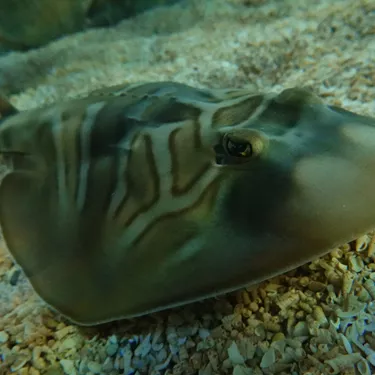
No bones
Stingrays have no bones! Their skeletons are made of flexible cartilage instead. That's the same stuff we find in our bendy ears.
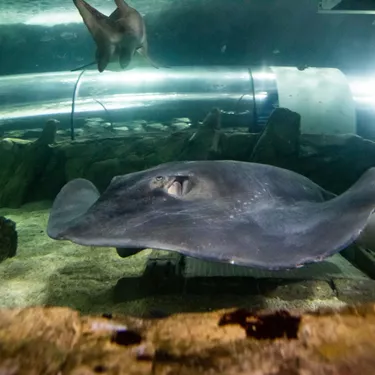
Electric!
Electric rays are able to stun their prey and protect themselves from predators by producing a strong electric current. Pretty cool, huh?
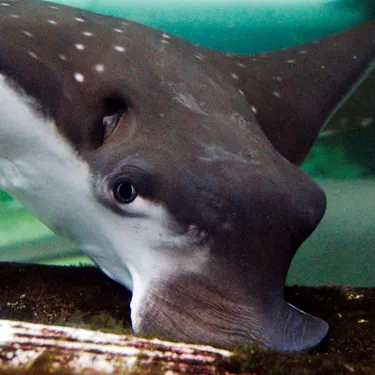
Ray teeth
Lots of ray species have jaw teeth that allow them to crush mollusks such as clams, oysters, and mussels.
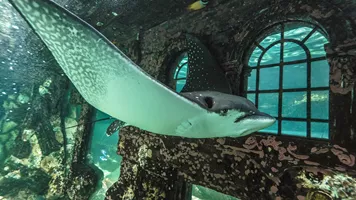
Stingray facts and species
Meet some of our ray keepers here at SEA LIFE Sydney and discover some more interesting facts about the species we have here in Darling Harbour!
